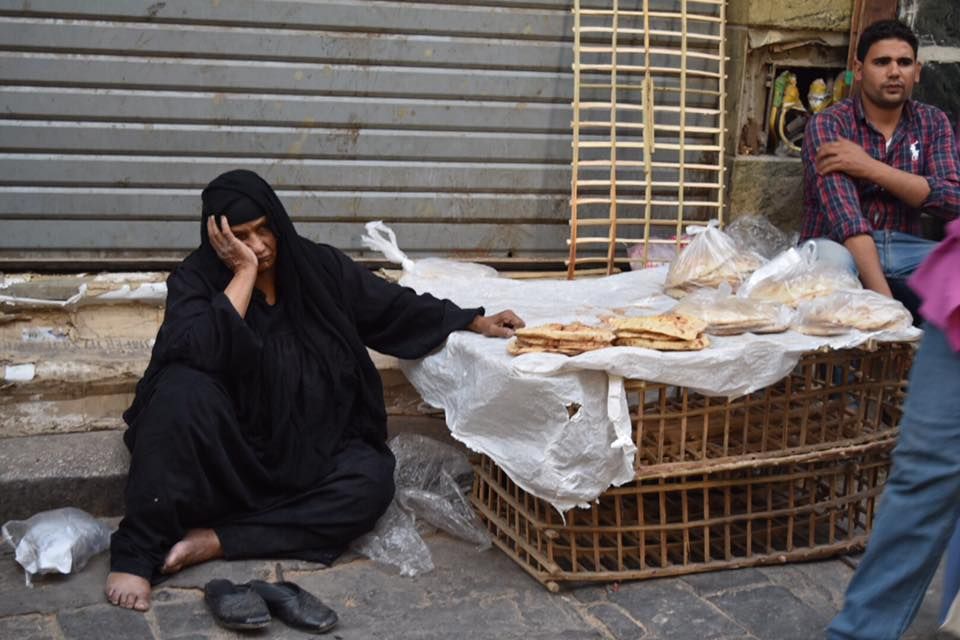Where Is Gender Inequality the Worst in 2025?

Gender inequality remains one of the most urgent human rights issues of our time. Despite global efforts, many countries still enforce laws and cultural practices that severely limit the rights and freedoms of women, girls, and gender-diverse people.
According to recent reports from the United Nations Development Programme (UNDP) and the World Economic Forum’s Global Gender Gap Report, some countries consistently rank among the worst for gender equality. In these nations, systemic oppression, legal barriers, and violence make everyday life deeply unsafe and unequal for millions.
Here are 15 of the countries with the most extreme gender inequality in 2025:
1. Afghanistan
Since the Taliban regained power in 2021, conditions for women and girls have deteriorated dramatically:
- Girls are banned from schooling beyond age 12.
- Women can’t work in most sectors or travel without a male guardian.
- Human rights violations are widespread and state-sanctioned.
UN Source: UN Women on Afghanistan
2. Iran
In Iran, gender-based oppression is legally embedded:
- Women are legally required to wear hijabs in public.
- They face inequality in marriage, divorce, and legal testimony.
- Peaceful protests are met with imprisonment and violence.
3. Saudi Arabia
Despite recent reforms, gender inequality remains entrenched:
- Guardianship laws still restrict key freedoms like marriage and healthcare.
- Gender segregation and limitations in the workplace persist.
- Activists who speak out are often detained or exiled.
4. Yemen
The ongoing civil war has only worsened conditions for women:
- Women have extremely limited rights.
- Child marriage is rampant.
- Access to healthcare, including maternal care, is critically poor.
5. Syria
A decade of conflict has devastated rights and safety for women:
- Gender-based violence, including rape, is used as a weapon of war.
- Extremist groups enforce restrictive dress codes and behaviour.
- Legal protections are almost nonexistent in some regions.
6. Somalia
- One of the highest rates of female genital mutilation (FGM) in the world.
- Lack of access to healthcare and education for women.
- Patriarchal systems dominate legal and political institutions.
7. Pakistan
While legal rights exist, enforcement is weak and cultural practices prevail:
- Honor killings and domestic violence are widespread.
- Girls are often pulled from school for early marriage.
- Transgender people face daily harassment despite some legal recognition.
8. Iraq
- High rates of gender-based violence.
- Conflict has rolled back progress on women’s rights.
- Laws often fail to protect women from abuse or exploitation.
9. Democratic Republic of Congo (DRC)
- Sexual violence is frequently used in conflict zones.
- Women lack political representation.
- Health outcomes for women are among the worst globally.
10. India
While legally progressive in many areas, cultural inequality persists:
- Caste and class discrimination compound gender inequality.
- High rates of violence against women.
- Skewed sex ratios due to gender-based abortion and neglect.
UN Source: UN Women on India
11. South Sudan
- Among the highest maternal mortality rates in the world.
- Women have little to no access to justice or support services.
- Child marriage is a common practice.
12. North Korea
- Widespread human rights violations affect all, but especially women.
- Female defectors report systematic abuse, including forced abortion.
- No political rights or gender protections.
13. Sudan
- Recent political instability has rolled back women’s rights.
- Legal system still supports male guardianship and control.
- Gender-based violence is underreported and rarely prosecuted.
14. Mali
- Early and forced marriages are still common.
- Access to healthcare and education is limited, especially in rural areas.
- FGM remains prevalent in many communities.
15. Chad
- Very low rates of female literacy.
- Widespread child marriage and domestic violence.
- Cultural and religious norms restrict women’s mobility and agency.
Why This Matters
Gender inequality doesn’t exist in isolation, it intersects with poverty, conflict, climate change, and human rights. When women and gender-diverse people are denied opportunity, health, and safety, entire societies suffer.
The UN Sustainable Development Goal #5 aims to achieve gender equality and empower all women and girls. But real progress depends on political will, local activism, and global solidarity. The fight for gender justice is far from over, and these countries are a stark reminder of how far we still have to go. By staying informed, supporting grassroots movements, and pushing for international accountability, we can help create a future where gender no longer determines your worth, or your survival.
Looking for more human rights resources? Explore The Global Humanitarian.
- 20 Major Social Justice Issues We Must Address
- Prejudice 101: Definition, Facts, and Examples
- How Did Racism Start? History, Examples, and How to Take Action
- 15 Examples of Social Justice Issues in the USA
- Comprehensive List of Human Rights Issues Around the World
- 20 Powerful Human Rights Quotes
- 11 Human Rights Documentaries Available Online
- Greatest Human Rights Activists and Civil Rights Leaders of All Time
Comment, subscribe, and follow me on Instagram @the.global.humanitarian
Please note: the views and opinions expressed on this blog are that of my own and do not represent the opinions of any agency mentioned.